
According to new research published by Polaris Market Research, the global smallsat market is anticipated to reach more than $6,111.8 million by 2026. In 2017, the smallsat segment dominated the global market, in terms of revenue and, in 2017, North America accounted for the majority share in this market segment.
Smallsats are used in civil, government, defense, and commercial sectors for earth observation and telecommunication applications. Organizations are increasingly adopting nano and micro satellites for technology demonstration, and scientific research and experimentation. The growing commercial sector, along with low costs associated with these satellites, drive the market.
There has been a rising demand of Earth Observation (EO) services among various sectors such as agriculture, energy, civil engineering, oil and gas, and defense. Growing use of these satellites in defense sector would boost the growth of this market. Technological advancement in terms of miniaturization of components, and associated software has encouraged established organizations, and small and medium enterprises to invest in these satellites.
Advancements in microelectronics such as light weight apertures, antennas, panels, transceivers, control sensors and actuators, and multi-spectral imagers would increase the efficiency and processing power of these satellites and make it easy to assemble and test, reducing the complexities associated with heavy satellites.
Cubesat technology is growing at a rapid rate and are developed to standard dimensions (Units or “U”) of 10x10x11. They can be 1U, 2U, 3U, or 6U in size, and typically weigh less than 1.33 kg (3 lbs) per U. Cubesats are widely used by academia and research and would constitute around 30% of total smallsat market during the forecast period. Nanosats in the range of 4-6 kg would constitute around 60% of this market during the forecast period, owing to their increasing application in remote sensing, EO and technology development.
The adoption of smallsats in the commercial sector has increased tremendously over the past few years, owing to the miniaturization of bulky satellite components, reduced costs and standardization of satellite parts. In the commercial sector, these satellites are used in forestry, agriculture, energy, civil engineering, archaeology, insurance, and media and entertainment among others. These satellites are used for obtaining high-resolution earth imaging, space-based internet, and communication services.
Planet, a company based in U.S., has a constellation of 36 smallsats in orbit and offers high resolution imaging to consumers in the commercial sector. Other companies such as Skybox, Digital Globe, and O3B offer services such as real time satellite imaging, telecommunication, and space-based internet through these satellites.
North America is expected to dominate the market throughout the forecast period. Rise in applications of nano and micro satellites in agriculture, real estate, defense, and government sectors in the North American region is the major driver for market growth. The affordable price of these satellites also accelerates the penetration in the commercial sector.
Rise in investment in the defense sector, along with technological advancement in telecommunication industry, is expected to drive smallsat market growth during the forecast period. Use of high-resolution imaging, and communication services for border security and monitoring high-risk situation by federal agencies, government, and non-government organizations are expected to raise the market investment for these services.
The various applications of nanosatellites and microsatellites include earth observation, communication, technology demonstration, biological experimentation, scientific research & academic training, and others. EO accounted for the highest share in 2017. These satellites are increasingly being used in this sector for commercial weather monitoring, agricultural monitoring and management, and synthetic aperture radar imagery. They are also used by the defense sector for border monitoring, disaster management, and other military missions.
Companies such as Planet, Skybox Imaging, and Dauria Aerospace have launched several smallsats that dedicated for only remote sensing. More than 2,100 satellites are anticipated to be launched from 2016 to 2025. Leading companies in this sector include Planet, Spire, BlackSky Global and Satellogic, which together plan to launch 1,400 out of the total 2,100 satellites.
An emerging application of these satellites is near, real-time, remote sensing, with two U.S. companies, Planet Labs and Skybox Imaging, offering such services. Near-real time satellite imagery enables the monitoring of assets at the same time for global corporations, and generating high-resolution visual data for individual companies, and governments. Increasing demand of on-demand geographic information systems with pay-per-image business model is expected to supplement the growth of this market.
To learn more about this report, please access this direct infolink…

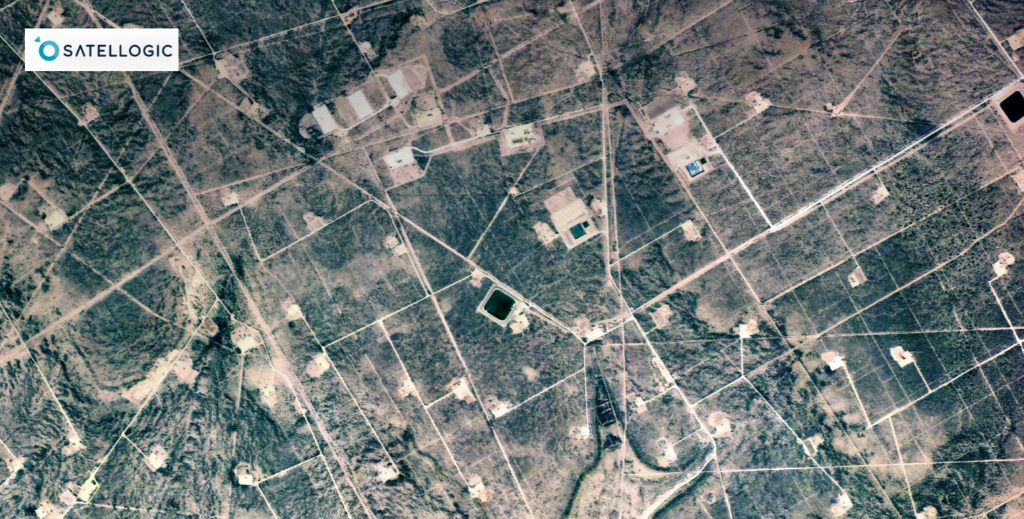
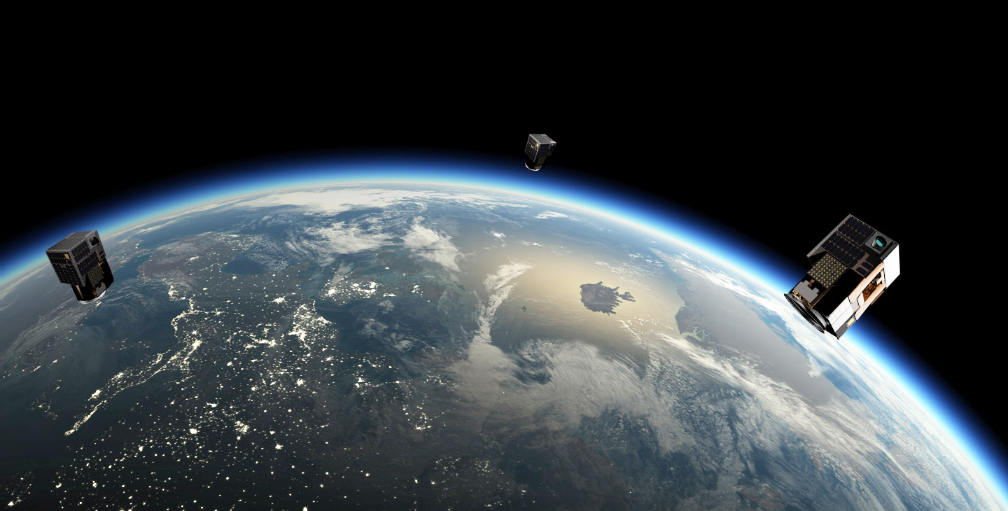
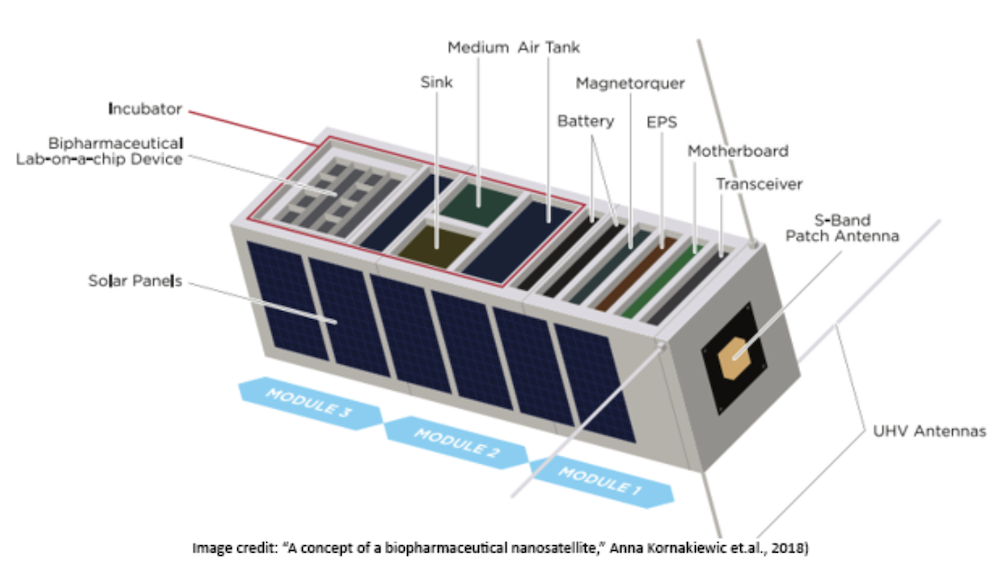
 , this solution is just one of the products available in the Biotech & Microgravity section of the SmallSat Catalog. Orbital Transports recognizes that not every microgravity-based biological experiment is suitable for the International Space Station, and that International Space Station lockers and launches aren’t always available. Biotech Zero-G is for the scientist who needs the following for his/her experiments (as compared to the International Space Station):
, this solution is just one of the products available in the Biotech & Microgravity section of the SmallSat Catalog. Orbital Transports recognizes that not every microgravity-based biological experiment is suitable for the International Space Station, and that International Space Station lockers and launches aren’t always available. Biotech Zero-G is for the scientist who needs the following for his/her experiments (as compared to the International Space Station):

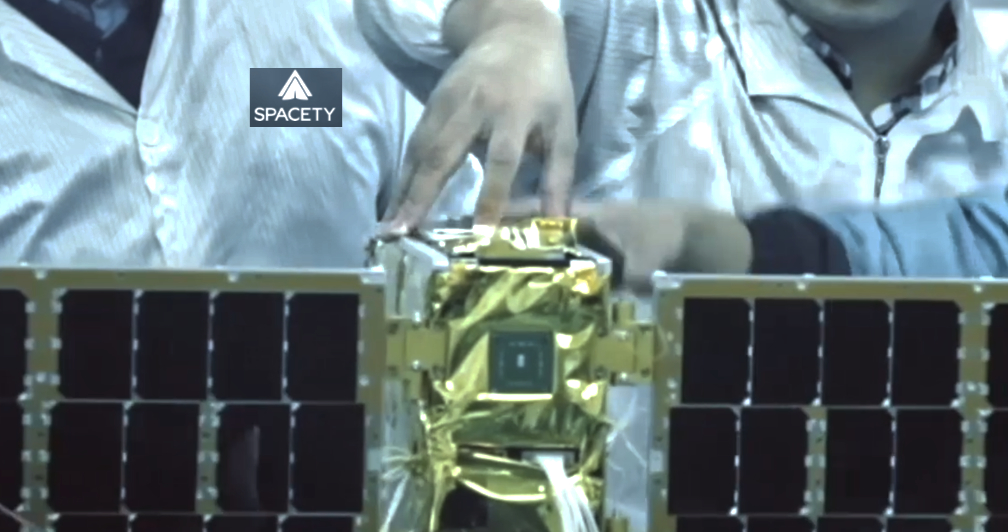
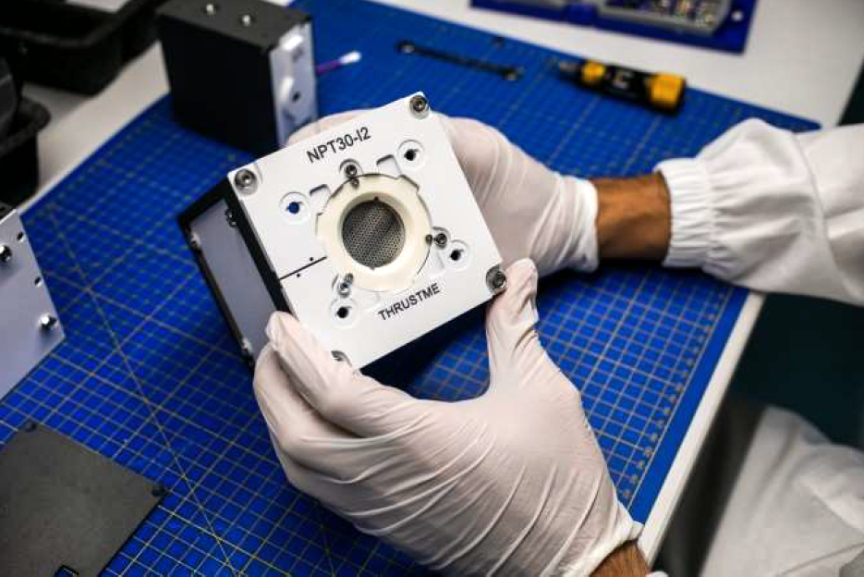
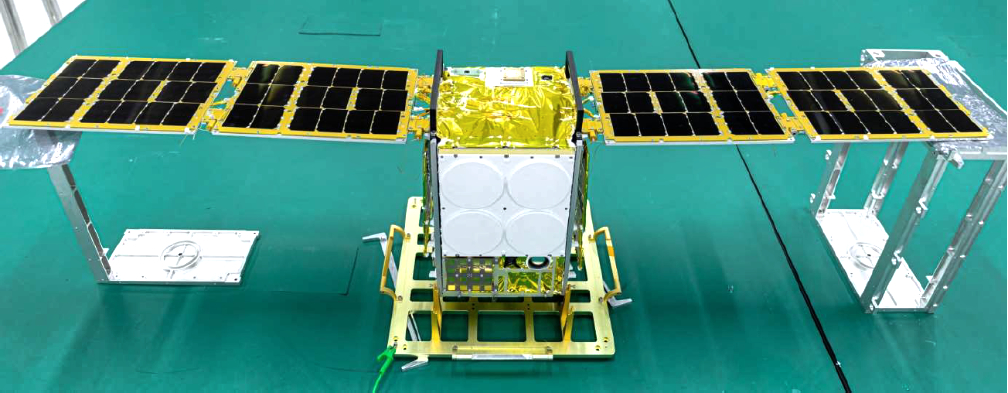
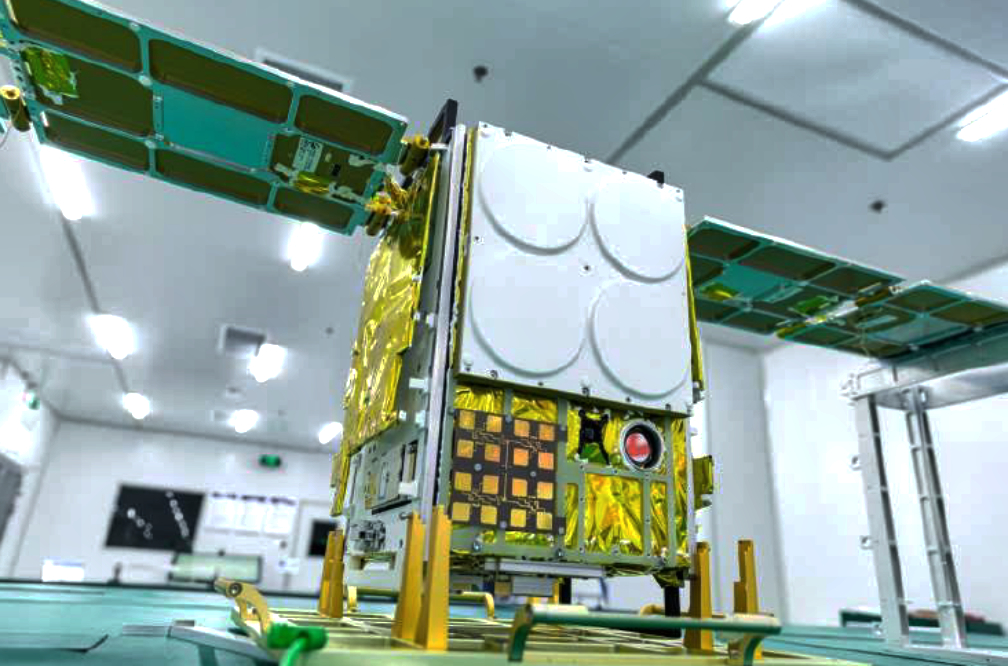

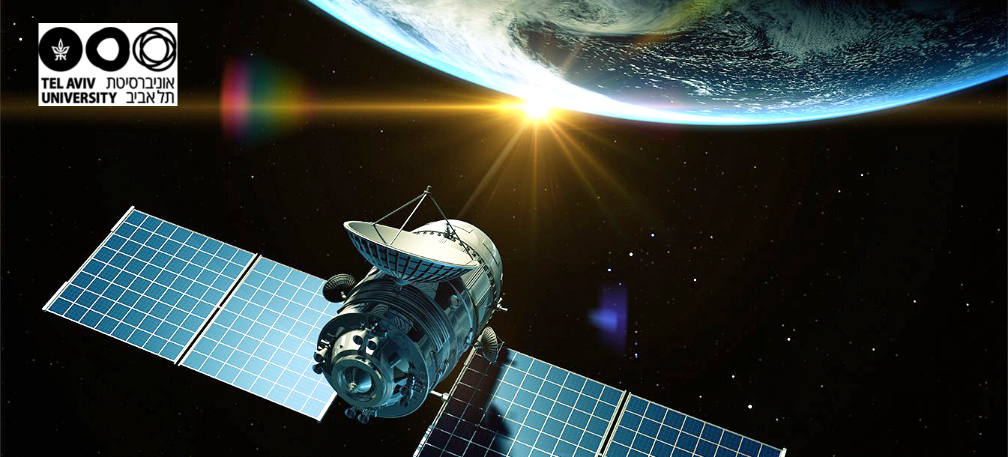
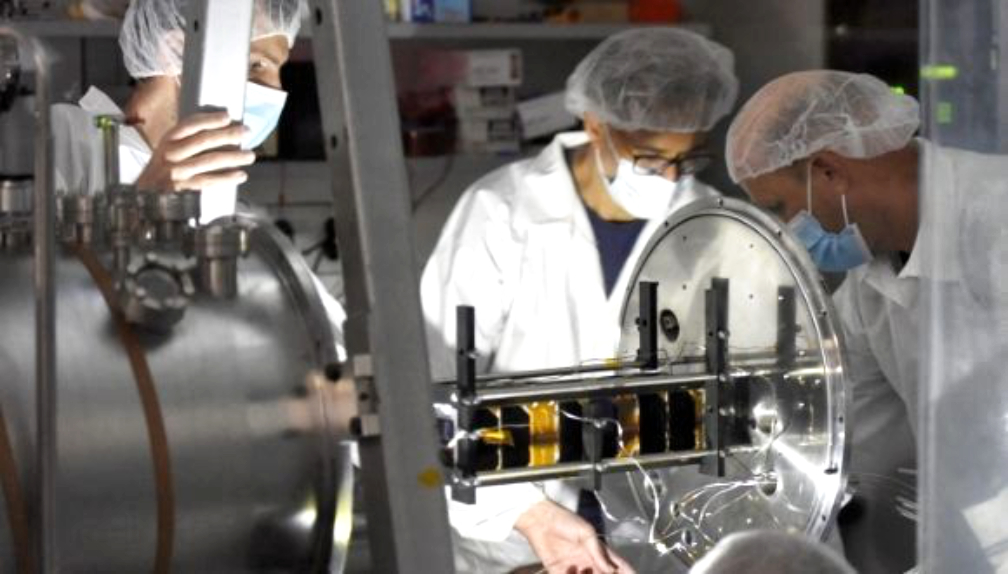
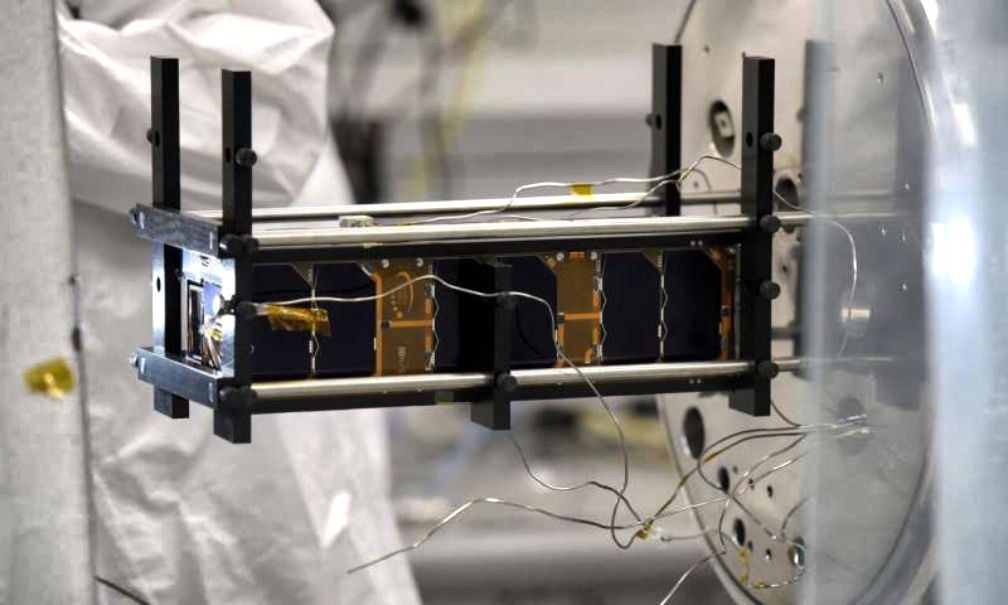
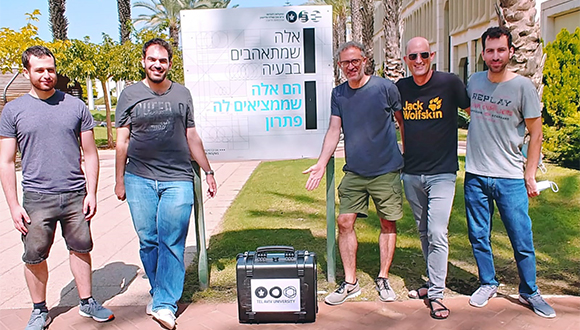
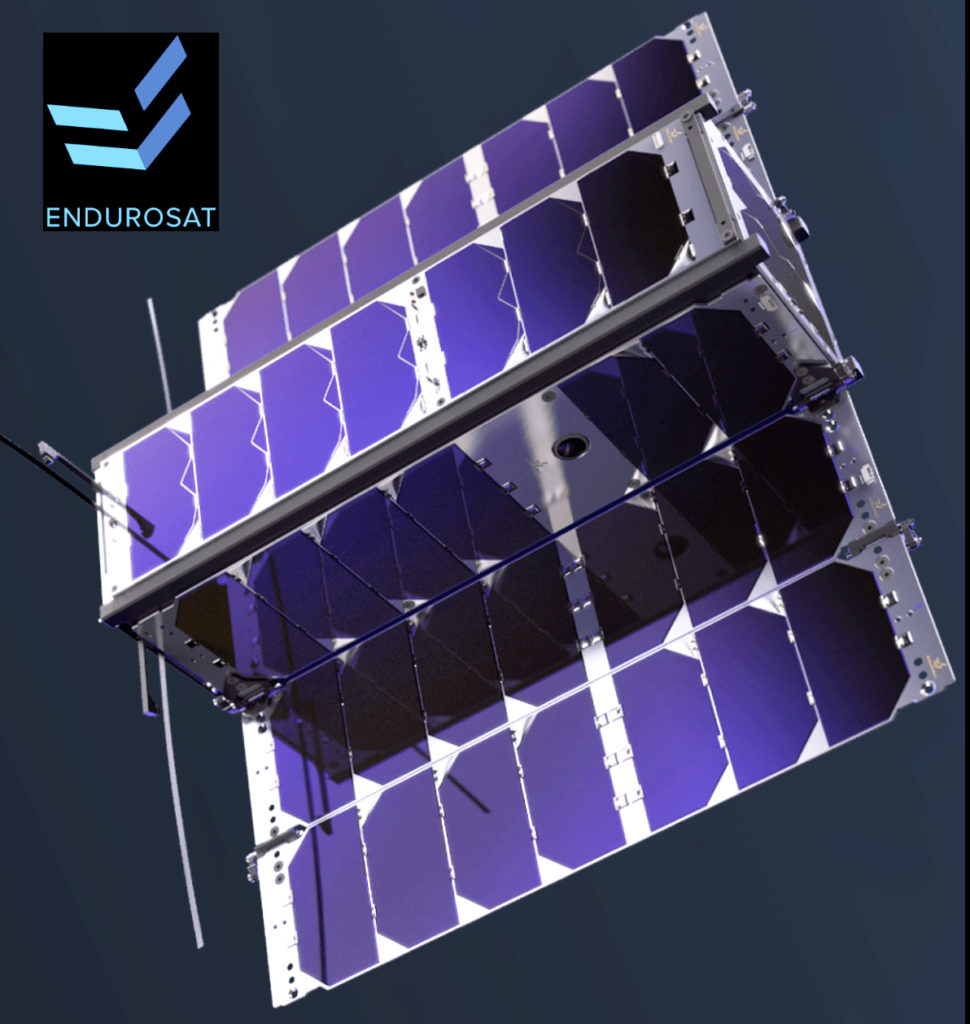

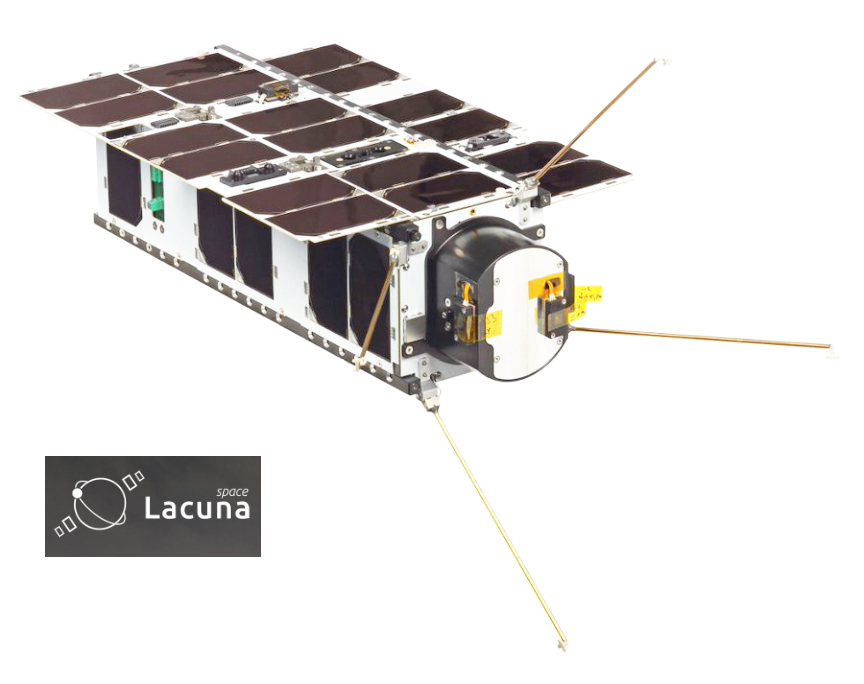
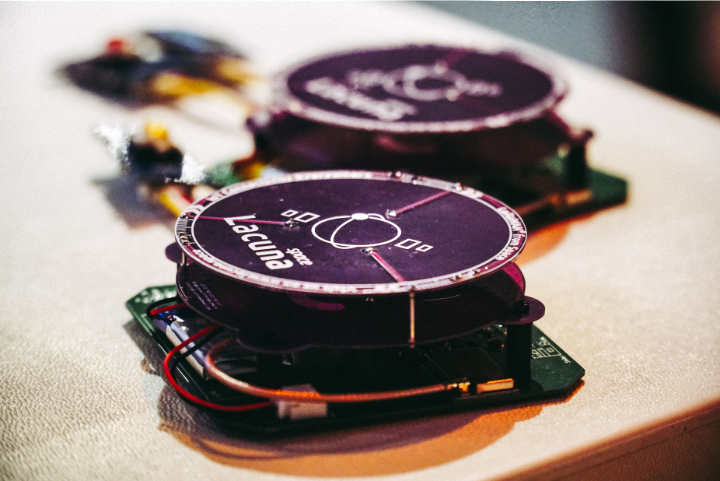
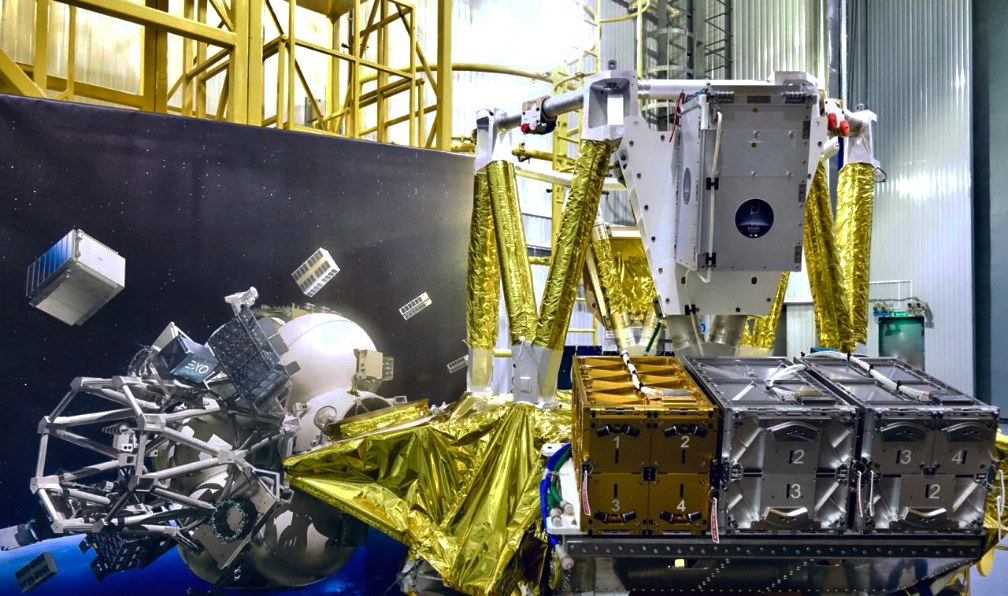
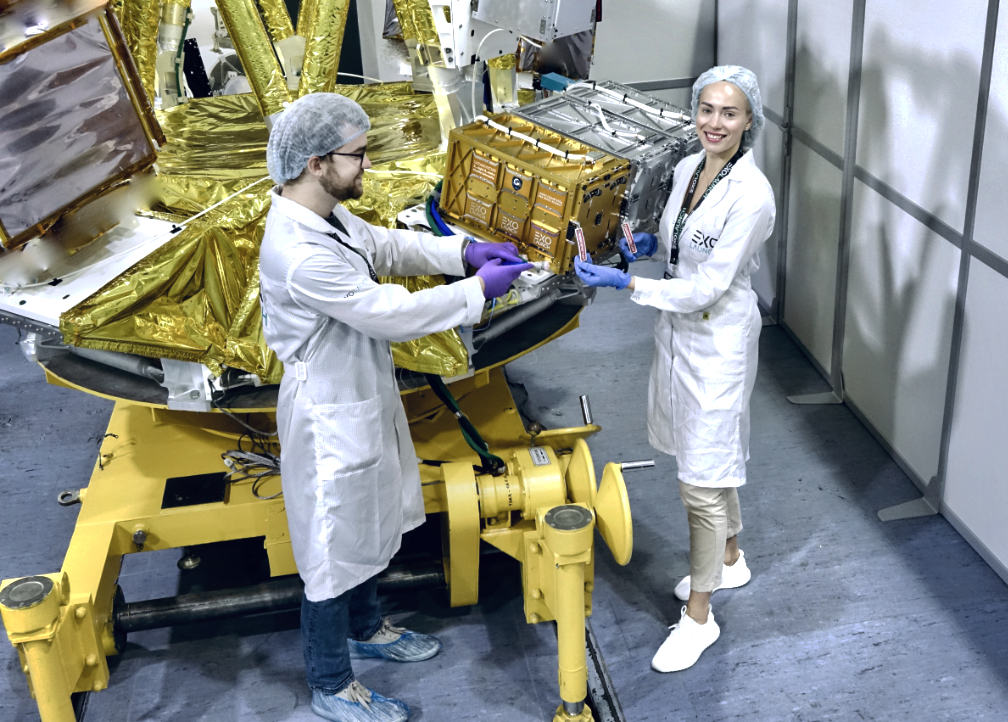
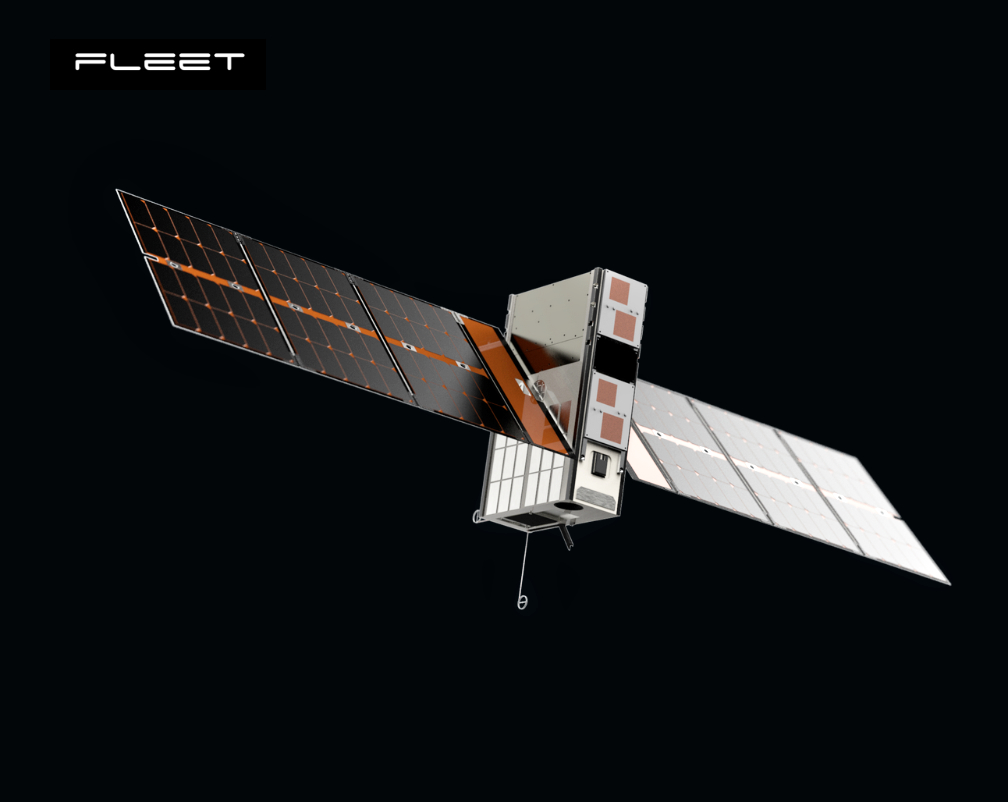
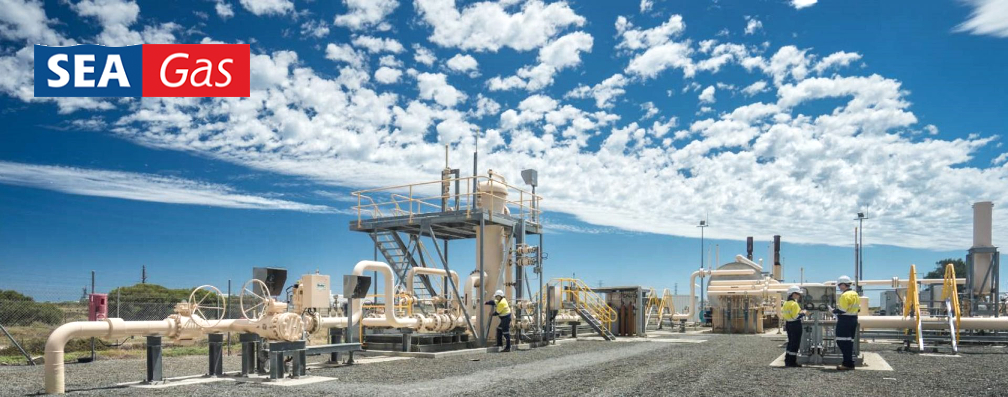

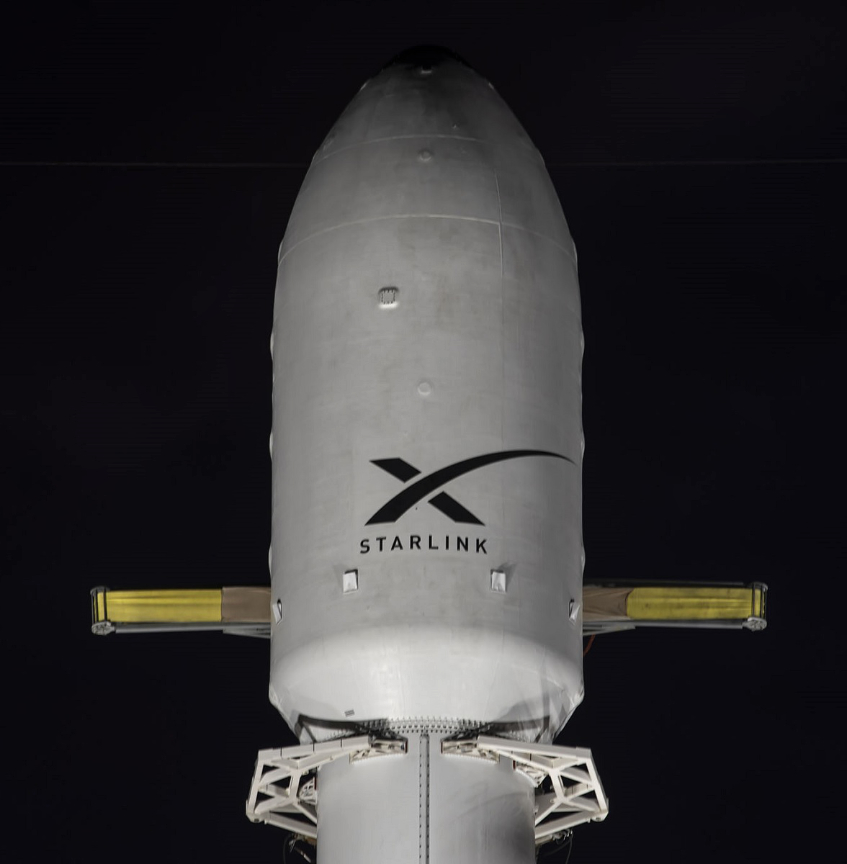 Elon Musk is inviting consumers in rural America to install his
Elon Musk is inviting consumers in rural America to install his  Telesat has plans to order at least 117 new satellites to go into a LEO constellation (and will likely announce the prime contractor later this year). But he admits he has serious doubts about a low-cost antenna emerging.
Telesat has plans to order at least 117 new satellites to go into a LEO constellation (and will likely announce the prime contractor later this year). But he admits he has serious doubts about a low-cost antenna emerging.
